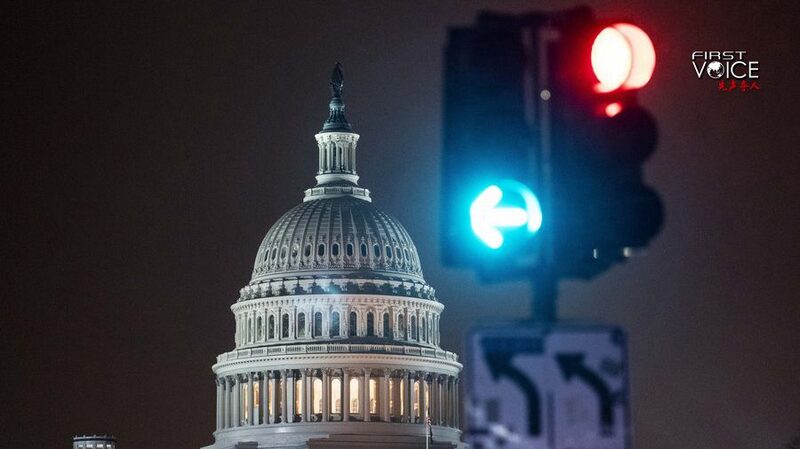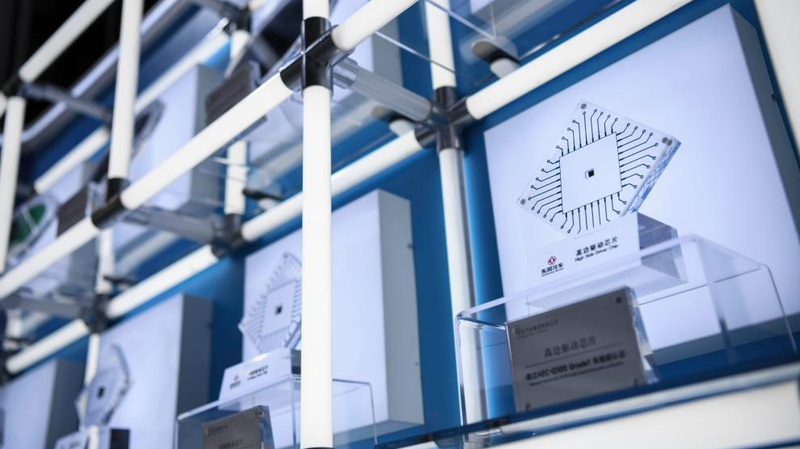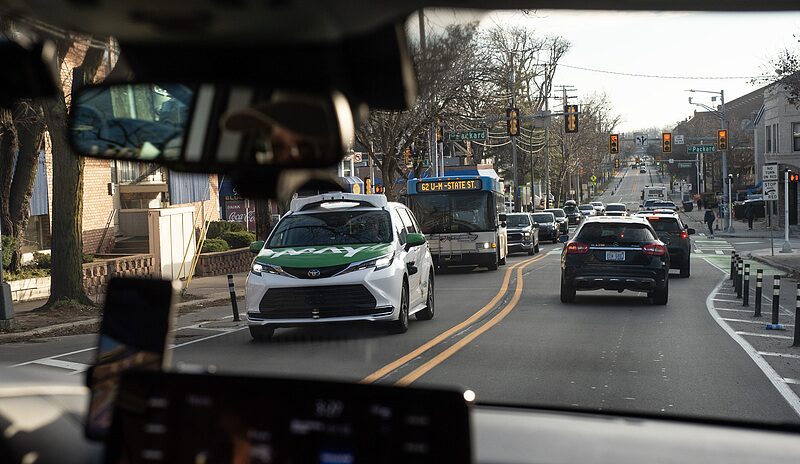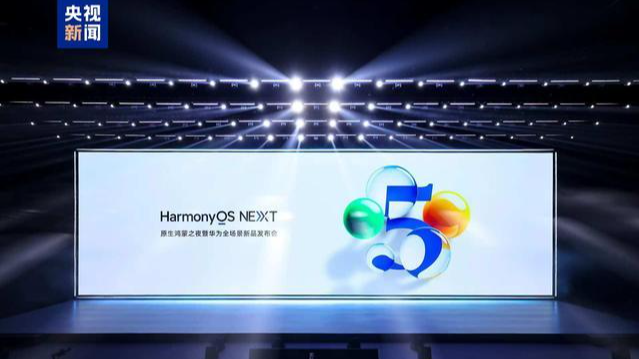🚨 The U.S. is doubling down on its tech crackdown against China, banning Chinese software and hardware from internet-connected vehicles. This latest move adds to a growing list of restrictions—from EVs to social media apps—sparking fears of a digital divide between the world’s two biggest economies. 💻🔌
🔍 Washington claims these bans are about national security, but experts argue they’re really about maintaining tech dominance. Remember Huawei in 2019? Now, Chinese cranes, TikTok, and EVs are in the crosshairs. Analysts say this ‘digital Iron Curtain’ mirrors Cold War tactics—except this time, the battlefield is innovation.
🌐 The fallout? Higher prices for U.S. consumers, slower global tech progress, and strained international ties. China’s rapid advancements in AI, EVs, and 5G have rattled the U.S., triggering a race for supremacy. But isolating Chinese tech could backfire, creating supply-chain chaos and limiting choices for everyday users.
💡 ‘National security’ is becoming a catch-all excuse for protectionism, critics warn. As the U.S. tightens its grip, the world faces a split tech ecosystem—think competing app stores, incompatible hardware, and fragmented markets. Imagine if your smartphone couldn’t talk to your EV? 😬
📉 The bottom line: Tech decoupling hurts everyone. Whether you’re a startup founder in Seoul or a student in São Paulo, innovation thrives on collaboration. Will the U.S. and China find common ground, or are we heading for a fractured digital future? Let us know your thoughts! 💬✨
Reference(s):
cgtn.com







